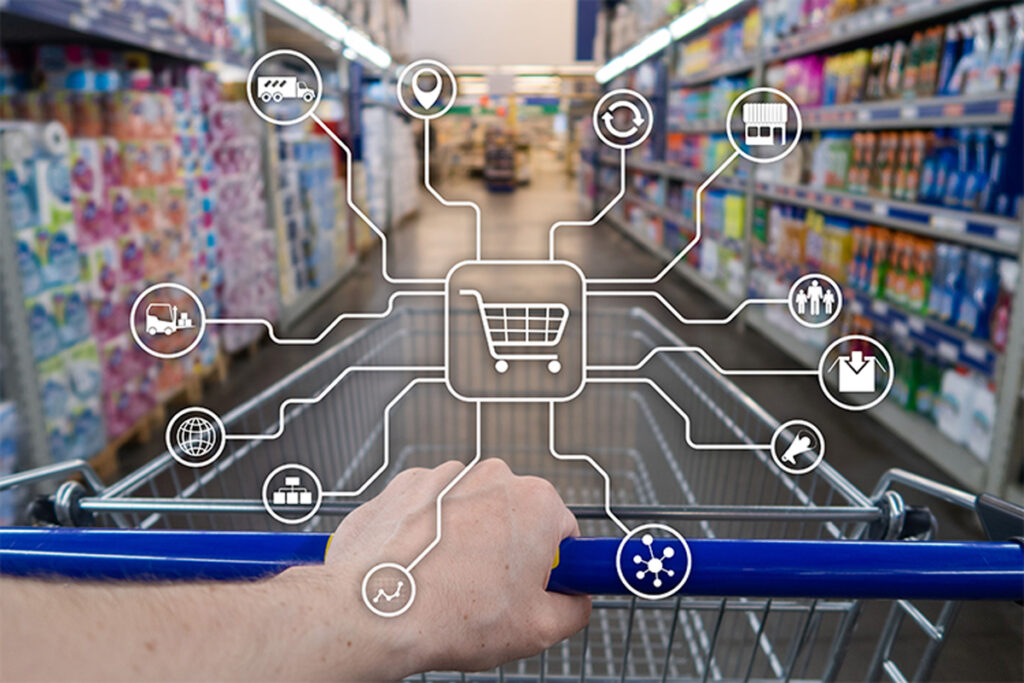An article from the MIT Sloan Management Review discusses the performance of deep learning methods compared to traditional ones, and its ability to accurately predict consumer choices.
Deep learning has been delivering impressive results in AI applications
What exactly is deep learning?
Deep learning consists in using a neural network of latent variables and hidden layers to predict an output variable such as consumer response, rather than using a single equation. The authors explain that deep learning has been delivering impressive results in AI applications these past few years: “Apple’s Siri, for example, translates the human voice into computer commands that allow iPhone owners to get answers to questions, send messages, and navigate their way to and from obscure locations.”
The main advantage is the way it can handle verbal and visual data simultaneously with numeric inputs. This is particularly valuable in today’s big data environment, where available data can include user comments and other non-numerical content.
Harnessing the powers of deep learning
Because of these potential benefits, different organizations are making big investments to harness the powers of deep learning in their own ways. For instance, a bank “could leverage deep learning to develop new products or services and customize its promotions. By analyzing data on customer loan histories, credit card transactions, savings and checking account records, website clicks, social media behavior, product ratings, and search histories, it could gain insights into the things certain customers value.” However, the key question that remains unanswered, in particular for marketers, is whether deep learning really provides better predictions for estimating consumers’ shopping and choice behaviours compared to traditional methods?
Deep learning delivers only marginal gains for consumer choice prediction
The use of highly sophisticated deep learning methods has shown limited ability to improve predictions of consumers’ choices over basic statistical methods, in the context of a study conducted by the authors involving credit cards (an accuracy rating of 73% for advanced deep learning compared with 70.5% for the traditional models).
These small gains in predictive accuracy “are not likely to generate sufficiently high returns in most cases to justify significant investments,” they conclude.
So what? Is deep learning another passing fad?
There is no question that deep learning methods are enabling revolutions in many domains, including image recognition, language translation, and many others. However, predicting consumers’ choices is quite a complex task.
Deep learning’s significant advantages over traditional models is in analysing “rich” databases
That said, the prospects are bright in some contexts. As noted, deep learning’s significant advantages over traditional models is in analysing “rich” databases that include images, non-numerical data and user-generated content (such as Amazon reviews, Instagram posts, Facebook posts, and comments on company websites). Thus, the “richer” the data, the higher the predictive accuracy of deep learning methods.
